These Geography Facts Are Life-of-the-Party Material
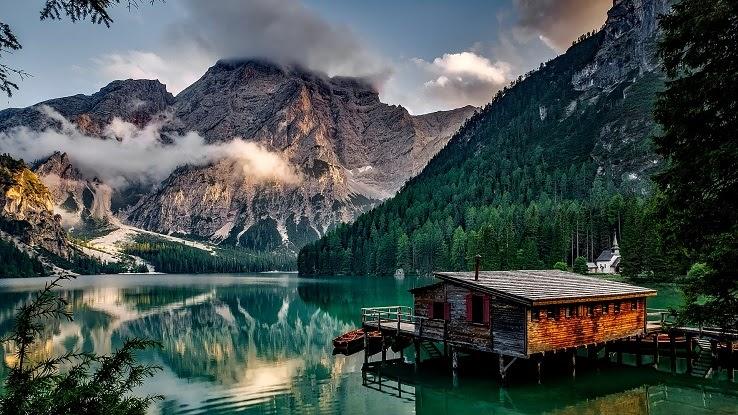
Geography. It’s maybe not the sexiest topic you can think of, but it’s kind of slept-on, especially if you consider the facts you’re about to learn from this list. If you thought that the makeup of the planet had little to offer in terms of scintillating brain food, think again. Next time you’re at a cocktail party or need to liven up a dull conversation, break out these tidbits and watch the crowd swoon in awe of your knowledge.
Alaska: East or West?
Americans generally think of Alaska as a western state, and they’re not wrong. It lies northwest of California, Oregon and Washington, so it’s a certifiably western mass of land. But would you be surprised to find out that it’s also the easternmost state in America, too?

Alaska’s land mass is so expansive that it stretches all the way into the eastern hemisphere. That makes Alaska, the state known as The Last Frontier, the easternmost state in the U.S. It’s also the state that’s the farthest north and west. No, Hawaii isn’t the westernmost — but it is the southernmost.
Iceland Grows 5 Centimeters Each Year
Iceland is an island that sits on top of two tectonic plates: the Eurasian and the North American plates. Tectonic plates have faults that can widen over time, and because the two plates that lie under Iceland are drifting steadily apart, Iceland spreads with them each year.

How many nations can say that they’re actually growing in size each year? Iceland can, as the more the plates spread apart, the wider Iceland’s boundary grows. Five centimeters a year may not seem like much, but it’s something.
Russia: The Land of Time Zones
Russia is the most geographically massive nation in the world, and its width is perhaps its most impressive geographical feature. Russia is so wide, in fact, that it sits across 11 different time zones.

This creates some pretty comical issues for people living in the same country. For example, as one Russian rises to start their day, a Russian on the other side of the country could be getting ready to eat dinner or go to bed. Make no assumptions about time when speaking about Russia.
Mexico City Is Sinking
If you aren’t up to date on your geography-related trivia, then you may be surprised to find out the extent to which the world is in a state of physical change. Entire continents are moving, countries are expanding and Mexico City…well, it’s sinking.
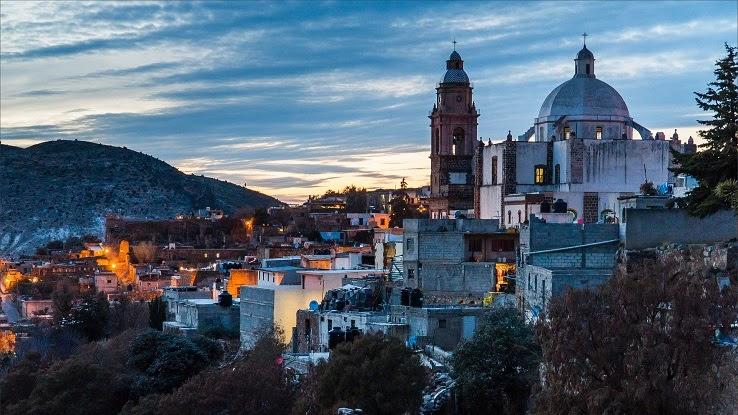
Mexico City was built on a lake, and it’s dropping more than 38 inches each year. The city is on top of a large aquifer — one that it draws a majority of its water from. So, as residents use water each year, the ground that their city is built on drops as the aquifer empties.
One Day Los Angeles and San Francisco Will Be Neighbors
Earth’s tectonic plates are always shifting and moving gradually, so much so that we can predict roughly where continents, nations, states and cities will lie within a matter of (lots of) years. The San Andreas Fault is responsible for many earthquakes that strike California, and it’s moving Californian cities steadily over time.
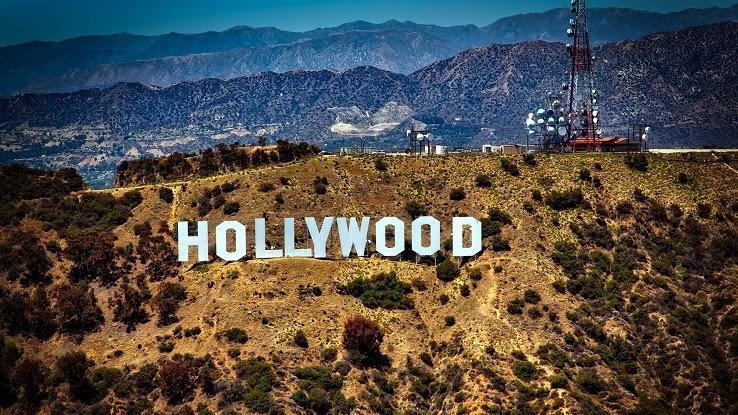
Geologists can project out that, in a mere 15 million years (which is nothing, geologically speaking) Los Angeles and San Francisco will be neighboring cities. That’s a wild fact to consider, but it is indeed a fact. A geography fact for your next party.
Russia and China Have Some Serious Borders
When you’re a massive nation, you know a thing or two about sharing borders. Russia is the largest nation in the world in terms of land, while China is the third, and they’re each positioned so that they both share borders with 14 other countries.

Even though they’re the fourth- and second-largest countries, respectively, the United States shares a border with two countries and Canada shares a border with one. Those numbers are child’s play to Russia and China.
These Three Nations Are Surrounded by Single Nations
It’s rare that a nation could be landlocked within a single other country. If a single nation shares a border with only one nation and doesn’t abut a body of water, then that essentially means that the nation is completely enveloped by the nation it shares a border with — they’re called enclaves. Think a country inside a country.

Only three nations have this status: Lesotho, which lies within South Africa; Vatican City, which is within Italy and San Marino, which also lies within Italy’s borders. Vatican City is only about 110 acres in size — smaller than a lot of college campuses.
The Sargasso Sea Is the Only Sea Without Coastlines
Surely you’ve been searching for your entire life to find the sea that has no coasts. Well, your search ends today, because you’ve found the sole sea without a coast, and it’s called the Sargasso Sea. It’s a sea located within an ocean — the Atlantic, to be specific.

The borders that define the Sargasso as a sea in the first place aren’t land, but ocean currents. These currents are strong enough to form the distinct body of water, which is named after the floating greenery, Sargassum, that exists there.
There’s a Supervolcano in Yellowstone National Park
Perhaps you’ve heard of this supervolcano — the one that’s supposed to explode and lay waste to a huge portion of the western United States? Yellowstone has had three massive eruptions (that scientists know about, at least), and they happen at an average of every 725,000 years.
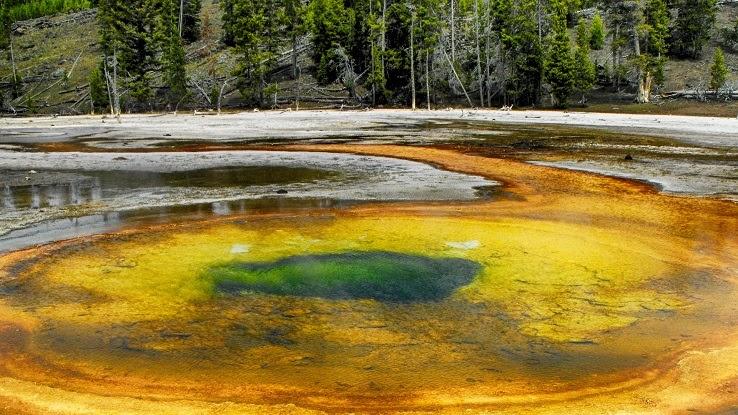
“Supervolcano” is the term for volcanoes with at least one explosion on record that produced at least 240 cubic miles’ worth of volcanic material. In other words, it’s a really, really massive volcano. Fortunately, Yellowstone’s next eruption isn’t due for another 100,000 years or so.
Which Has More Pyramids, Sudan or Egypt?
If you picked Egypt, then you’re probably one of those people who can’t spot a trick question. That’s okay. We’re here to help. The obvious answer to the question seems like it would be Egypt, which is why the answer is actually Sudan.

Egypt has proudly taken on the title of being the world’s most prominently pyramid-ed nation, and the Giza pyramid complex does more to inflate that image than any other single pyramid. But the reality is that Sudan has nearly twice as many pyramids as Egypt. They’re called the Nubians.
Australia: Home of the Largest Rock Ever
Or, at least, Australia is home to the largest rock currently known to man, and that’s saying something. There are lots of rocks in this world, and to be home to the biggest rock known to humankind is quite the feat.

The rock is called Mount Augustus, despite Mount Augustus not technically being a mountain at all. As you may have guessed by now, it’s just a big old rock — one that’s almost three times as big as Uluru, which is arguably Australia’s most famous big rock.
Damascus: The Oldest City
There are some really old cities in this world, but when you count cities’ ages based only on those that have maintained populations throughout history, Damascus takes the cake as the oldest in the world. The Syrian city has maintained a population for at least 11,000 years, a testament to its longevity and history.

Damascus was named the Arab Capital of Culture in 2008 and has been besieged by war in the years since. Aleppo was once Syria’s largest city, but Damascus holds that title as of 2020 following military conflicts that pushed people out of Aleppo.
Africa: Where Isn’t It?
Think you know your Africa trivia? No, really, how much do you know about Africa? Did you know that Africa sits in all four hemispheres? This is pretty impressive.

But in all seriousness, Africa is really a massive continent, with fascinating histories of its varied populations to boot. It’s also the hottest continent — 60% of it is covered in desert — and there are thousands of different languages spoken across it. Africa is even home to the longest river in the world, the Nile.
Kentucky Fried…Caves?
And you thought that all Kentucky was known for was college basketball, horse racing and fried chicken. In all seriousness, Kentucky isn’t quite known for its caves, but it definitely should be.
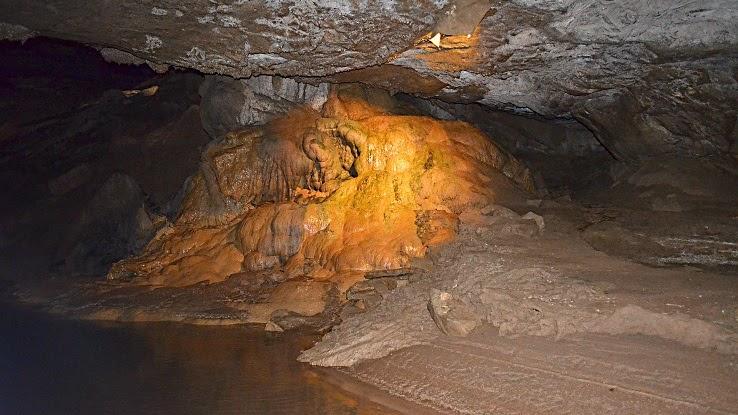
That’s right; Kentucky has the longest cave system in the world. The system is aptly named the Mammoth Cave, and while roughly 400 miles of its length have been explored, scientists think that more than 200 miles are still uncharted.
Istanbul: Straddling Two Continents
Istanbul, Turkey, is a city of great history, culture and architecture. It has lasted through the age of the Ottoman Turks and endured numerous periods of tumult in the Middle East. But it also has a more unique distinction under its belt.
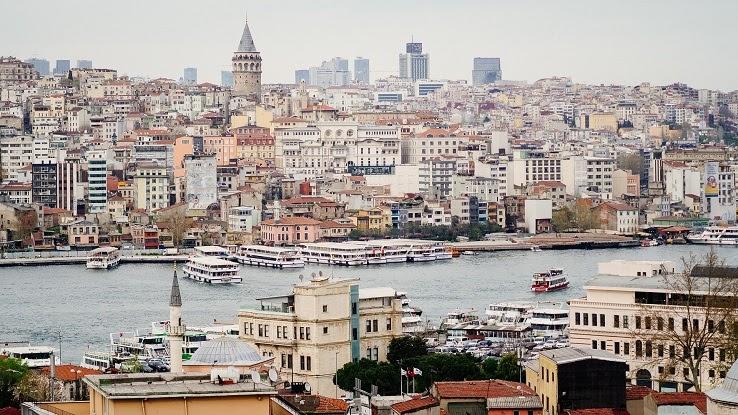
Istanbul is the largest major city to be located on two continents. Specifically, Istanbul is partly in Asia and partly in Europe. Despite this interesting distinction, Istanbul considers itself decidedly European. Another cool fact? Population-wise, Istanbul is the sixth-largest city in the world as of 2020.
People Seem to Prefer the North
Can’t get enough of that sweltering humidity? Think that your summer-loving way of life is the only way to live? Hopefully you don’t mind being in the minority, because the majority of humanity seemingly disagrees with your lifestyle choice.

An estimated 90% of humans on Earth today live in the Northern Hemisphere, not south or near the hot-hot-hot equator. When you look at it that way, whether you live in Florida, El Salvador, Iceland, Greece or Denmark, a lot of us are Northerners at the end of the day.
The Pacific Ocean: Deeper Than Deep
If you’re looking for the deepest point on Earth — at least the one we know about so far — you’re going to have to hold your breath. That deepest point lies within the Mariana Trench, which itself lies within the Pacific Ocean. The Mariana Trench is more than 36,000 feet deep in some spots.
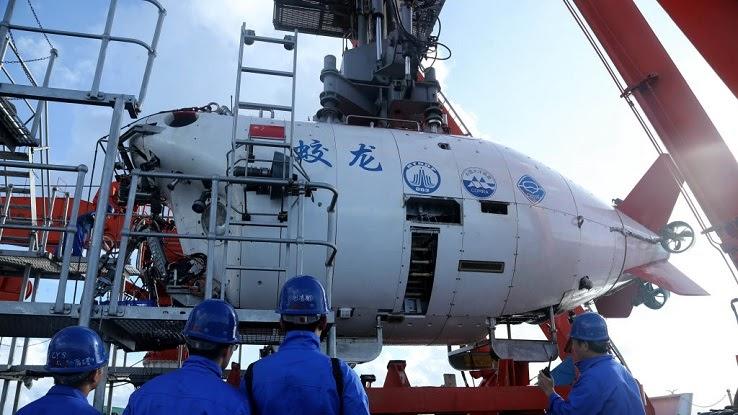
Despite being less than ideal for “touch the bottom of the pool” breath-holding contests, the Mariana Trench is, without a doubt, majestic. Can you imagine what kind of prehistoric, nightmare-inducing sea creatures are dwelling in the pitch-black darkness that engulfs the bottom?
The Sahara Desert: Land of the…Snow?
When you think of the Sahara Desert, you think of scorching sun heating the sand. You think of camels trodding across the endless dunes. You think about what it would be like to be marooned without water in the vast desert. And you think of snow…right?

It does, contrary to popular assumptions, snow in the Sahara Desert. This type of weather doesn’t happen often; it’s a desert after all, and deserts don’t get much precipitation — that’s what defines them as deserts. Saharan snow has only happened three recorded times, two of them after 2010.
Bangkok? Not Exactly
You probably know that the capital of Thailand is called Bangkok. It’s a city of exceptional history and majesty. But what if you were to find out that Bangkok is not even Bangkok’s real name?

Its real name is Krung Thep Mahanakhon Amon Rattanakosin Mahinthara Yuthaya Mahadilok Phop Noppharat Ratchathani Burirom Udomratchaniwet Mahasathan Amon Piman Awatan Sathit Sakkathattiya Witsanukam Prasit. And most Thai people just call it Krung Thep.
Lotta Canadian Lakes
Canada is the country with the greatest square mileage of lakes per square mile of country. In fact, 9% of Canada’s land mass is covered in freshwater lakes, and about 60% of the world’s lakes are found in Canada.
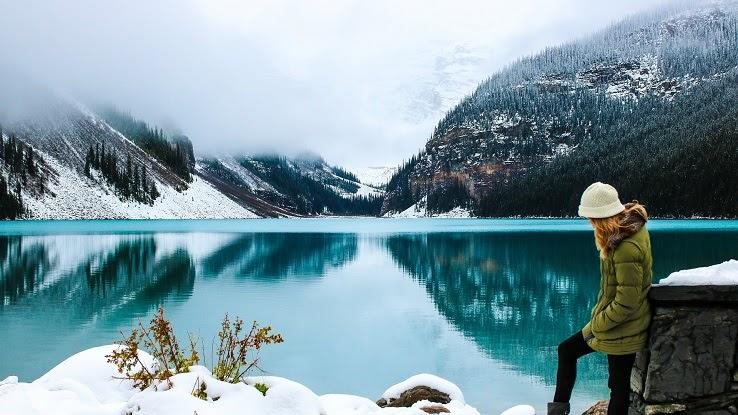
According to the Canadian government, there are over 31,000 lakes in the country. However, Canada doesn’t have the most lakes of any country on Earth — depending on whom you ask. By some definitions of lake size, Finland has the most with over 187,000 official lakes.
New York Skyscrapers Are ZIP Code-worthy
New York is a city known for building upwards, as much of its most prized real estate is confined on an island. Some of the buildings contain so many residences, office buildings and sheer numbers of people that they become like mini-cities in and of themselves.

Don’t believe that? Well, 42 buildings in New York City are so massive, so teeming with life and humanity, that they have been assigned their own ZIP codes. Among the ZIP code-worthy buildings are the Empire State Building, the MetLife Building and the Chrysler Building.
Two Close Islands Separated by Time
Answer this: How can two islands be 2.4 miles apart and yet traveling between the two means you’ve time-traveled 20 hours? It’s a trick question. The answer revolves around the International Date Line. Figured it out yet?

The Diomede Islands are just 2.4 miles apart, but the two islands lie on opposite sides of the International Date Line. One, called Big Diomede, belongs to Russia. The other, called Little Diomede, belongs to the United States.
Going to Canada? Start in Detroit and Head South
Some anomalies belie people’s macro-understanding of geography. For example, it’s commonly accepted that Canada lies north of the United States, right? Then how come you can drive south out of Detroit into Canada?
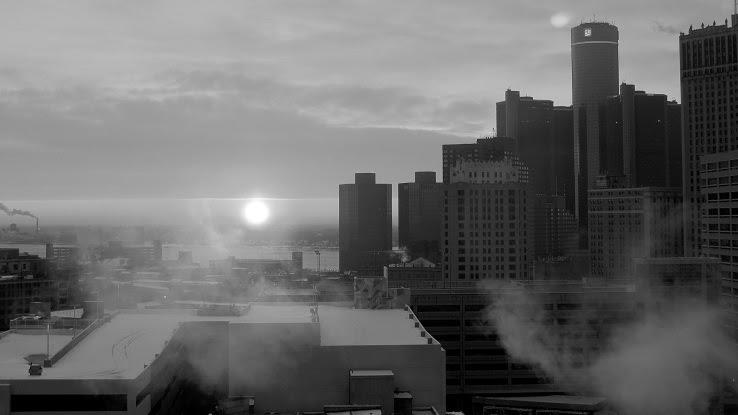
It’s just one of those weird geographical wonders. Parts of Canada lie to the south of Detroit, as Canada and Michigan both take up part of the land that sits between Lake Michigan and Lake Erie. So now you know that whenever anyone says that Canada is north of the United States, you can say, “Not so fast, buddy.”
The Amazon Air-forest?
The Amazon rainforest is a massive source of the air that we breathe. It should be near and dear to your heart and mind, because the Amazon is responsible for producing approximately 10% of all the oxygen in the world. It’s not the 20% that people often cite, but 10% is still pretty impressive.

There’s a good reason why some refer to the Amazon as “Earth’s lungs” and why people were pretty worried when they were bombarded with videos of the Amazon engulfed in flames. Were they aware that the Amazon produces so much of the oxygen in our atmosphere?
The Mighty Mississippi Is a Long, Winding Road
The Mississippi River is perhaps the single most important body of water for the United States of America. The river snakes through the heart of the nation, starting in Minnesota and traveling all the way down to the Gulf of Mexico. Its currents are strong and its waters are wide.

To give you an idea of how long and winding the Mississippi River is, it would take one drop of water 90 days to flow through the Mississippi from start to finish. That’s three months of bouncing, ebbing, winding and flowing.
Welcome to England, North Carolina
When you think of the United States, you think of it as a sovereign nation, right? That is, you assume that any piece of land that sits within U.S. borders is part and parcel of the United States, don’t you?

Well, there’s a place in North Carolina that is technically still owned by England. Ocracoke sits on North Carolina’s Outer Banks, and the town is technically the property of England thanks to a forever lease. A cemetery on the land honors HMT Bedfordshire, an English naval ship sunk by a German U-boat during WWII.
California Has More Voting Power Than Canada
It’s rare that a nation as large as Canada is less populous than a state, but that’s the case with Canada and California. Granted, California is relatively massive for a state, and Canada has lots and lots of unpopulated wilderness that becomes uninhabitable during the winter.

As of 2019, Canada had a population of 37.5 million, while California was home to 39.75 million people. Canada’s biggest city population-wise is Toronto with a cool 2.9 million. California’s answer? Los Angeles, with over 4 million.
The Dead Sea Is Sinking
The Dead Sea already has the distinction of having the lowest land elevation on the planet — not to mention a name that’s less than uplifting unless you’re a zombie. But if you were to ask the Dead Sea how low it can go, you may be surprised to learn that it can go much, much lower than it currently is. Just give it some time.

The Dead Sea’s elevation (or de-elevation?) is almost 1,400 feet below sea level, though by the time of this writing it might be lower than that. That’s because the Dead Sea sinks an estimated 36 inches per year.
Walk From Alaska to Russia
Remember the Diomede Islands? Those little land masses way out in the Bering Strait that are just a couple miles apart physically but almost 20 hours apart, time-wise?

The border of the U.S. and Russia snakes between them, meaning that one is in Russia while the other is technically part of Alaska. When winter hits, the water covering the short stretch of space between the islands freezes. You could actually walk from the U.S. to Russia if it wasn’t illegal to do so.
The One-woman Town
What’s the smallest population of any town in the world, if you had to guess? Well, a town in Nebraska has the lowest number of residents possible while still having residents. Monowi has a whopping population of one person.
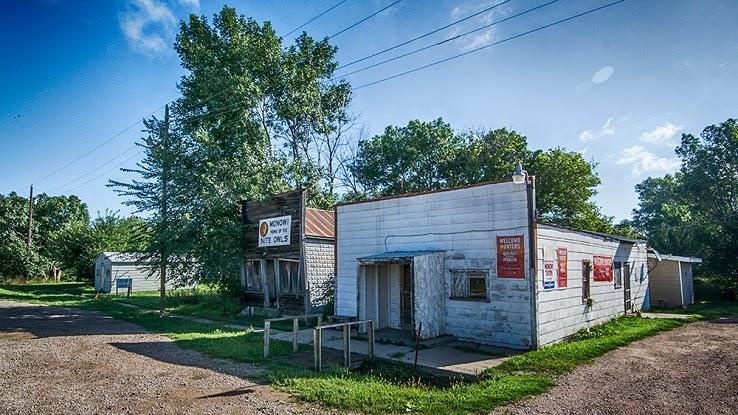
That resident is Elsie Eiler, the town’s mayor and librarian. Local legend has it that she pays taxes to herself and also has the power to grant herself a liquor license, which is a pretty sweet deal. There’s also speculation that she’s become a bit of a tyrant, and a lonely tyrant at that.





